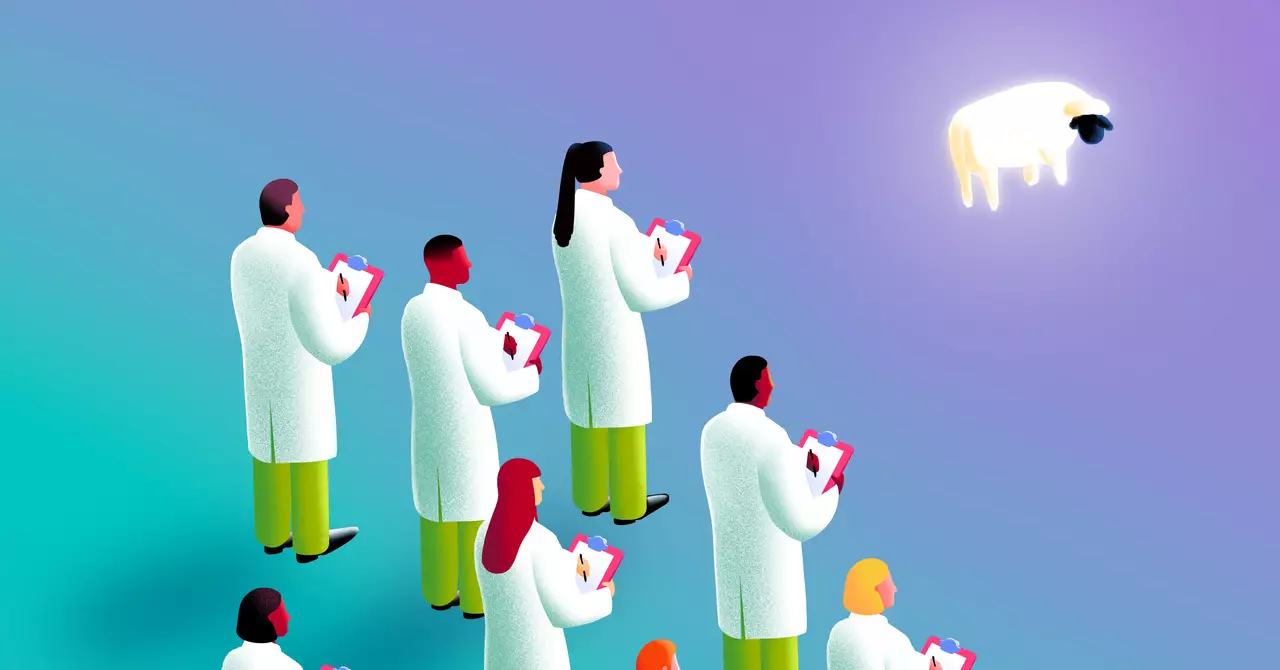The quest to decipher animal communication has long captured the imagination of scientists and nature enthusiasts alike. For centuries, humans have been intrigued by the sounds and behaviors of animals, spurring curiosity about what they may be conveying to one another. With the advent of advanced technologies, particularly in artificial intelligence (AI) and machine learning, we stand on the brink of a significant breakthrough. By 2025, it is anticipated that these innovations will lead to a deeper comprehension of animal communication, addressing a compelling question: “What are animals saying to each other?”
Technological Triumphs: AI Meets Animal Sounds
The establishment of initiatives like the Coller-Dolittle Prize—a competition that awards substantial monetary prizes to researchers who successfully “crack the code” of animal communication—reveals the growing optimism in the scientific community. The current era of machine learning and large language models (LLMs) has positioned researchers closer than ever to achieving this goal. Numerous scientific groups have committed years of effort to developing sophisticated algorithms aimed at interpreting animal vocalizations. Project Ceti, for example, tackles this challenge by analyzing the intricate click patterns of sperm whales and the melodious songs of humpback whales.
However, the success of these ambitious projects hinges largely on data availability. Previous efforts to decode animal sounds were stymied by a lack of comprehensive and well-organized data. In stark contrast to the colossal datasets employed in human language processing—such as the 500 GB of text used to train LLMs like GPT-3—animal communication data remains painfully sparse. For instance, Project Ceti’s recent sperm whale research relied on just over 8,000 vocalizations, a fraction comparable to human language resources.
Fortunately, recent advancements in technology have transformed the landscape of animal sound recording. Portable devices like AudioMoth have made it easier than ever for researchers to gather data on animal communication. These compact recorders can be strategically deployed in various habitats, capturing the sounds of animals continuously, day and night. This revolutionary approach holds the promise of generating large-scale datasets, documenting the calls of species such as gibbons in the jungle or birds in the forest over extended periods.
The traditional obstacles to managing extensive datasets are quickly fading. Innovations in automatic detection algorithms, particularly those leveraging convolutional neural networks, now empower scientists to rapidly sift through hours of recordings. These advanced algorithms can identify animal sounds and categorize them based on their unique acoustic properties, making the once-daunting task of data analysis feasible.
Beyond mere Data: The Analytical Breakthrough
With the availability of extensive animal sound datasets, researchers can now explore advanced analytical techniques. Deep neural networks, for example, may be utilized to uncover underlying patterns and structures within sequences of animal vocalizations, potentially mirroring the meaningful constructs found in human language. This leap in analytical capabilities opens the door to new insights into the complexities of animal communication.
Nonetheless, the central question remains: What will humanity do with this newfound understanding of animal sounds? Various organizations, such as Interspecies.io, have set out their vision to translate these sounds into coherent human language. Yet, a prevailing sentiment within the scientific community suggests a more cautious approach. Most researchers acknowledge that non-human animals may not possess a structured language akin to human language. This raises the question of whether something as complex as “translation” is genuinely attainable.
The Coller-Dolittle Prize initiative adopts a more nuanced perspective, seeking to “communicate with” or “decipher” animal communication rather than translating it directly. Deciphering implies an effort to understand the messages conveyed by animals without presupposing that these messages can be transposed into human language. Given the current limitations in our knowledge, it is crucial to approach this field of study with humility and an acknowledgment of the complexities involved.
As we move into 2025, the potential exists not only for scientific advancements in understanding animal communication but also for a paradigm shift in our relationship with the animal kingdom. The findings may reveal not only the quantity of communication but also the richness of meaning underlying these interactions. As researchers continue to unlock these secrets, humanity stands to gain profound insights into the intricate worlds of non-human creatures—insights that could foster greater empathy, conservation efforts, and a redefined perspective on our place within the ecosystem.
While we may still be far from fully grasping the depths of animal communication, the advancements in AI and machine learning herald an exciting chapter in our understanding of the natural world. By 2025, we may ultimately find ourselves equipped with powerful tools to analyze and appreciate the subtlety of animal interactions, paving the way for profound ecological and ethical implications. The journey may be long, but the destination promises unparalleled revelations about our world and its inhabitants.


Leave a Reply